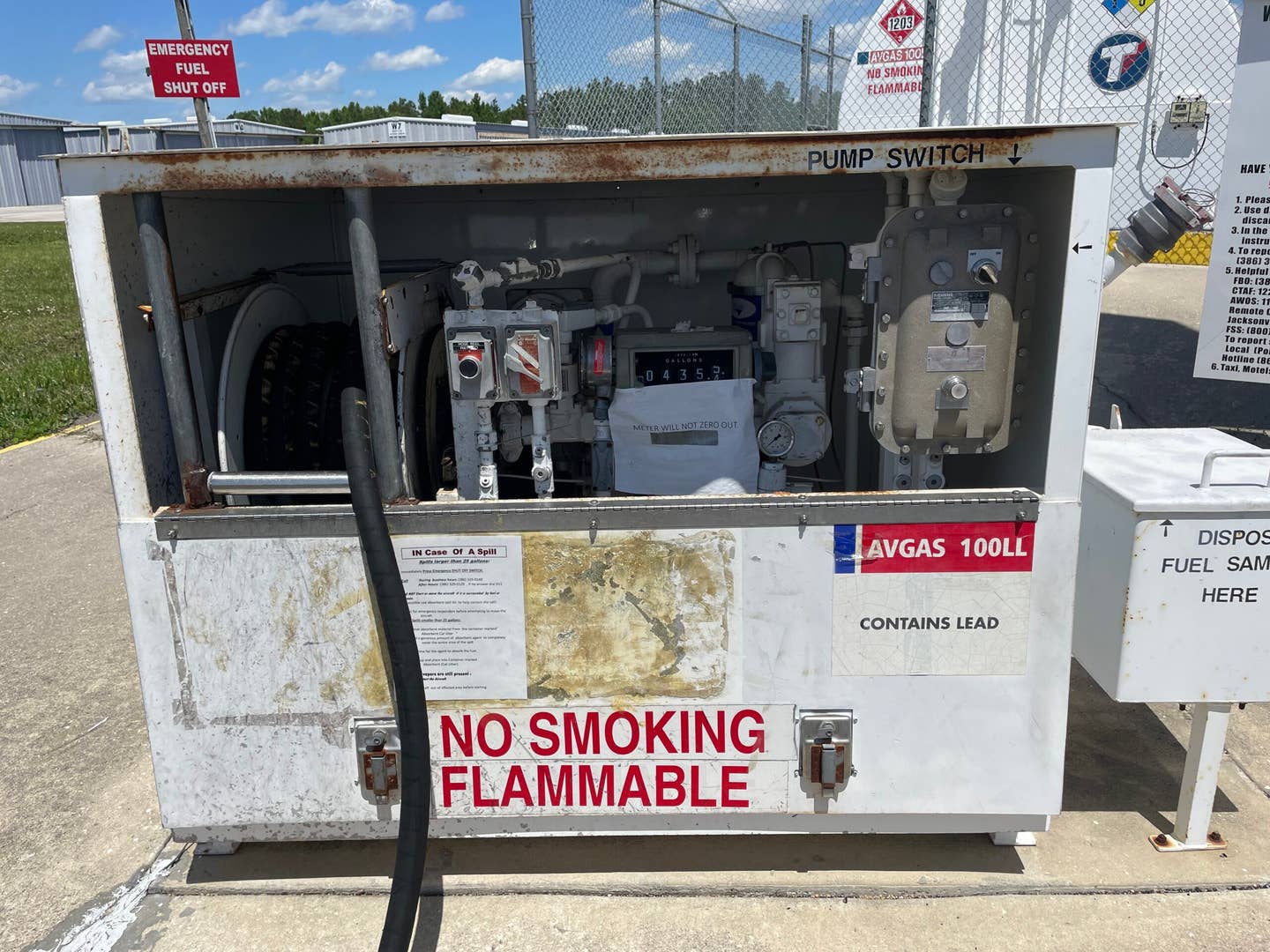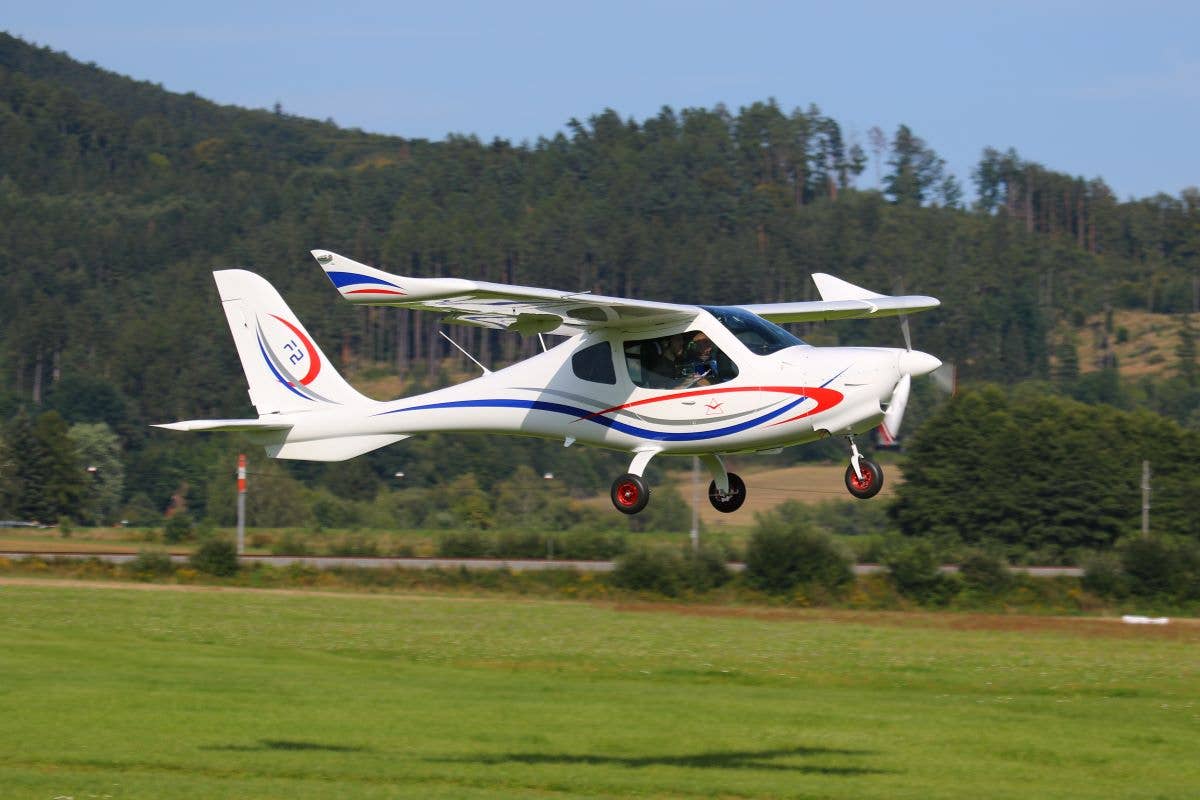Will GA Have a Fuel Problem?
With avgas a boutique product and jet-A supplies in mitigation, experts see price volatility rather than more shortages ahead, for general aviation.

With jet-A prices and supplies taking a squeeze, what lies ahead for 100LL? [Photo: Julie Boatman]
Recent price volatility at the self-serve pump—at GA airports across the U.S.—has led to uncertainty and a bit of attitude adjustment among pilots seeking to continue flying, whether for a weekend jaunt or in pursuit of business.
And while the price of 100LL has trended upward along with local automotive gasoline prices, a more notable change has registered in the cost of jet-A (along with its road component, truck diesel). It’s now more expensive per gallon than avgas, which means a significant hit to those operators whose turboprop and jet aircraft use the most fuel per hour.
The war in the Ukraine and accompanying sanctions to Russia—coupled with the start of the busy summer travel season and other economic drivers—has tugged on the supply chain. And it has hit jet-A particularly hard.
What’s Going On?
FLYING spoke with Muneeb Ahmed, director of trading and logistics for Avfuel, a global supplier of aviation fuel and services to the general and business aviation markets, to understand the dynamics specific to the supply and consequent pricing for jet-A right now.
“The primary driver of the price volatility has been supply disruption,” said Ahmed. “This volatility is being felt across the entire oil complex and has trickled down to jet-A. However, [fuel] prices are further impacted because [they] are very closely tied to diesel prices. Diesel is probably the least elastic product, and as refineries all shifted to maximize diesel production, jet-A production suffered.
“Currently, jet-A inventories in the U.S. are at one of the lowest levels since 2000.”
“Currently, jet-A inventories in the U.S. are at one of the lowest levels since 2000.”
Muneeb Ahmed, director of trading and logistics, Avfuel
Jet-A stocks have suffered in comparison to those of avgas—hence the widespread pricing disparity. Ahmed expanded on this: “As for why the increases are so much more dramatic vs. 100LL, the reason is that gasoline supply has been much less disrupted vs. the distillate supply.
“Russia is a large exporter of distillates, and the war has led to a significant loss in exports out of Ukraine,” he continued. “Further, gasoline is a lot more elastic vs distillates. If prices increase to $7 at the pump, consumers will immediately react by decreasing consumption. While U.S. jet [fuel] and diesel inventories sit at some of the lowest levels since 2000, gasoline inventories are well above even 5-year low levels.”
Focus on New York Harbor
One region in particular, the Northeast, has taken it on the chin as a result of specific issues tied to the war. The supply chain has been severely disrupted because of the reallocation to Europe of jet-A. “One of the most dramatic examples of this was seen in the shortage of jet fuel in New York Harbor,” said Ahmed. “While it has improved a bit [as of Friday], prices are well above the rest of the U.S. markets. This was a result of Europe absorbing all imports as prices hiked to unprecedented levels.”
Avfuel has been working within its distribution networks to help mitigate the problem, working with all of its suppliers, and bringing jet fuel from other markets to help ease the supply concerns into New York Harbor.
What About SAF?
Sustainable aviation fuel (SAF) has entered the picture in a significant way—if not in overall volume just yet, but in perceived importance to an industry seeking to clean up its emissions. One small ray of light: the SAF supply chain is likely not to be affected in the same way as that of regular jet-A.
“Most of the SAF is produced in the West Coast and Gulf Coast,” said Ahmed. “While those areas are also feeling the tightness in supply of distillates and jet fuel, it is not nearly as bad as the East Coast and Europe.”
More on the Horizon?
The National Air Transportation Association, which represents the interests of general and business aviation service providers, keeps close tabs on fuel for a clear reason. It’s the juice that powers our aircraft, and that operators such as FBOs and airports provide. The association sees pricing volatility rather than outright shortages on the horizon for most of the country—for the moment.
That gives us some reason for hope that the issues felt in the Northeast will both relent a bit and not be felt in other parts of the country as the system adjusts to reallocate product through the global supply chain.

Sign-up for newsletters & special offers!
Get the latest FLYING stories & special offers delivered directly to your inbox






